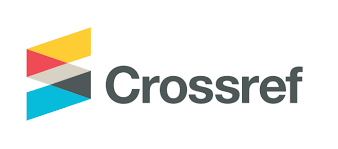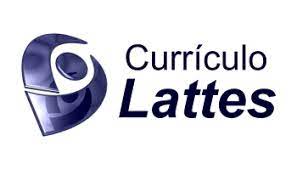Principais tratamentos para fratura tipo II do dente do áxis
DOI:
https://doi.org/10.47456/rbps.v25isupl_1.41049Palavras-chave:
Fratura tipo II, Dente do áxis, TratamentosResumo
Introdução: As fraturas do dente do áxis são lesões frequentes da coluna cervical. Há uma crescente prevalência de traumas de alta energia e de quedas da própria altura, sobretudo em pacientes acima de 65 anos, nos quais a mortalidade é maior. A tipo II, considerada a mais frequente e instável, consiste na fratura do colo do dente do áxis e pode causar compressão medular cervical. Objetivo: Conhecer os principais tratamentos para a fratura tipo II do dente do áxis. Métodos: Foram investigados, de abril a maio de 2022, no PubMed/Medline e na Biblioteca Virtual em Saúde, a combinação dos descritores ‘’Odontoid Processes’’ AND (‘’treatment’’ OR “therapeutics”) AND “spinal fractures’’. Resultados: A partir da análise bibliográfica dos nove artigos, foram encontrados tratamentos cirúrgicos e tratamentos conservativos para a fratura tipo II do dente do áxis. De início, no pré-operatório, pode-se realizar a tração cervical, de modo a realinhar a coluna e aumentar as chances da fusão óssea. Para imobilização externa, o colete Halo é indicado, apesar de não promover a união óssea. Como tratamento alternativo, o colar cervical rígido proporciona estabilização da coluna cervical, mas também não resulta na união óssea. No âmbito cirúrgico, o tratamento mais recorrente é a fixação anterior do parafuso, que visa proporcionar união óssea. Quando esta última é inviável, opta-se pela fixação posterior do parafuso, que garante uma fusão óssea estável pela inserção de um parafuso temporário. Em casos de deslocamento dorsal da coluna, é realizada a fusão occipitocervical. Conclusão: Os principais tratamentos cirúrgicos para a fratura tipo II do dente do áxis são fixação anterior ou posterior de parafuso, fusão occipitocervical e odontoidectomia transoral. Quanto aos tratamentos conservativos, são abordados os equipamentos de estabilização, como o colar cervical rígido e o colete Halo a fim de realizar uma imobilização externa e tração cervical.
Downloads
Downloads
Publicado
Edição
Seção
Licença
Copyright (c) 2023 Revista Brasileira de Pesquisa em Saúde/Brazilian Journal of Health Research

Este trabalho está licenciado sob uma licença Creative Commons Attribution-NonCommercial-NoDerivatives 4.0 International License.
A Revista Brasileira de Pesquisa em Saúde (RBPS) adota a licença CC-BY-NC 4.0, o que significa que os autores mantêm os direitos autorais de seus trabalhos submetidos à revista. Os autores são responsáveis por declarar que sua contribuição é um manuscrito original, que não foi publicado anteriormente e que não está em processo de submissão em outra revista científica simultaneamente. Ao submeter o manuscrito, os autores concedem à RBPS o direito exclusivo de primeira publicação, que passará por revisão por pares.
Os autores têm autorização para firmar contratos adicionais para distribuição não exclusiva da versão publicada pela RBPS (por exemplo, em repositórios institucionais ou como capítulo de livro), desde que seja feito o devido reconhecimento de autoria e de publicação inicial pela RBPS. Além disso, os autores são incentivados a disponibilizar seu trabalho online (por exemplo, em repositórios institucionais ou em suas páginas pessoais) após a publicação inicial na revista, com a devida citação de autoria e da publicação original pela RBPS.
Assim, de acordo com a licença CC-BY-NC 4.0, os leitores têm o direito de:
- Compartilhar — copiar e redistribuir o material em qualquer suporte ou formato;
- Adaptar — remixar, transformar, e criar a partir do material.
O licenciante não pode revogar estes direitos desde que você respeite os termos da licença. De acordo com os termos seguintes:
- Atribuição — Você deve dar o crédito apropriado, prover um link para a licença e indicar se mudanças foram feitas. Você deve fazê-lo em qualquer circunstância razoável, mas de maneira alguma que sugira ao licenciante a apoiar você ou o seu uso.
- Não Comercial — Você não pode usar o material para fins comerciais.
- Sem restrições adicionais — Você não pode aplicar termos jurídicos ou medidas de caráter tecnológico que restrinjam legalmente outros de fazerem algo que a licença permita.






















